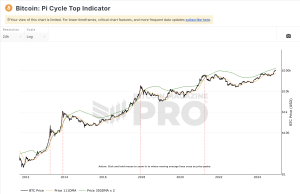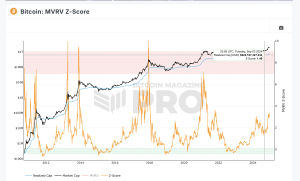Understanding CBDC: What does it mean for Bitcoin

What is a CBDC?
A Central Bank Digital Currency (CBDC) is simply a digital version of a country’s regular money. Think of it like the money in your bank account, but instead of being managed by banks, it’s controlled directly by the central bank. Unlike cash, you can’t hold it in your hand – it exists only in digital form, like the numbers you see when you check your account online.
Why Are Countries Creating CBDCs?
Countries around the world are racing to create their own digital money for several reasons. They want to make payments faster and cheaper, reduce the cost of printing paper money, and have better control over how money moves in their economy. China is leading the pack with their Digital Yuan, while other countries like the United States and those in Europe are working on their own versions.
How Are CBDCs Different From Regular Digital Banking?
While you already use digital money when you pay with your card or banking app, CBDCs are different. With current digital payments, you’re using money that banks handle for you. With CBDCs, you’re using money directly from the central bank. It’s like having an account with the government itself, rather than with a regular bank.
What Makes Bitcoin Different?
Bitcoin is very different from CBDCs. Nobody controls Bitcoin – it runs on a network of computers around the world, with no government or bank in charge. There will only ever be 21 million Bitcoin, while governments can create as much CBDC as they want. Think of Bitcoin like digital gold, while CBDCs are more like digital versions of regular money.
How Will CBDCs Affect Bitcoin?
The Good News for Bitcoin
- More people will get used to using digital money, making it easier for them to understand Bitcoin
- As governments create digital money, they prove that Bitcoin was right about the future being digital
- Bitcoin’s special features (like having no central control) will stand out even more
The Challenges for Bitcoin
- Governments might make strict rules about using Bitcoin when they launch their digital money
- Some people might prefer to use government digital money because it feels safer
- Banks and shops might be required to use CBDCs, making it harder for Bitcoin to compete
What This Means for the Future
Two Types of Digital Money
The future will likely have both types of digital money working side by side:
- CBDCs will be used for everyday things like buying groceries or paying bills
- Bitcoin might be used more like a savings tool or for sending money across borders
Changes in How We Use Money
- Paper money might slowly disappear as digital options become more common
- More people might use different types of money for different purposes
- New ways to swap between CBDCs and Bitcoin might make using both easier
What Should You Know?
The most important thing to understand is that CBDCs and Bitcoin serve different purposes. CBDCs are digital government money with all the control and rules that come with regular money. Bitcoin remains independent, not controlled by any government or bank.
As these digital currencies develop, you’ll likely end up using both – CBDCs for daily spending and maybe Bitcoin for saving or international payments. The key is understanding what makes each one special and how they might fit into your financial life.
Looking Ahead
Money is changing, and digital currencies – both government and independent ones like Bitcoin – are here to stay. While CBDCs might become the new normal for everyday transactions, Bitcoin’s unique features ensure it will remain valuable for people who want a different option from government-controlled money.
The future of money is becoming digital, but that doesn’t mean one type of digital money will rule them all. Just like we use different tools for different jobs, we’ll likely use different types of digital money for different needs.



